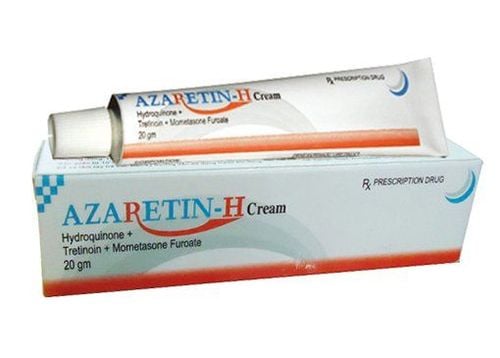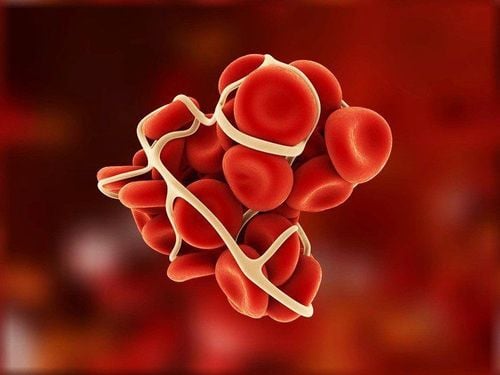This is an automatically translated article.
Skin hyperplasia is a condition where the skin is stretched. This can be a symptom of many dangerous diseases, so you should talk to your doctor or visit a medical facility for specific examination and advice.
1. Causes of skin hyperplasia
Skin hyperplasia is a symptom caused by genetic diseases. Collagen and elastin are substances responsible for controlling the elasticity of the skin. Skin hyperproduction occurs when there is an abnormality in the production of these substances.
Statistically, skin hyperplasia is most commonly noted in people with Ehlers-Danlos syndrome (EDS), a condition caused by a genetic mutation. People with EDS syndrome may show signs of excessive skin and joint tightness. In addition, Marfan syndrome can also cause skin hyperplasia.
2. Skin hyperplasia when should go to the doctor?
If you notice that your skin is abnormally elastic, fragile, appears melasma, ... you should go to a medical facility to see a dermatologist.
In some cases, you must combine an examination with a geneticist, who can do additional tests to look for the cause, if needed.
3. Diagnosis of skin hyperplasia
If your skin may stretch more than usual, consult your doctor for a diagnosis of the cause. The doctor will examine you and ask you about signs related to hyperplasia such as:
When did you first notice abnormally tight skin? Does it evolve over time? Do you have a history of vulnerable skin? Does anyone in your family have EDS syndrome? However, there is currently no single test to diagnose hyperplastic skin other than physical examination. Additional tests will be ordered on a case-by-case basis. Therefore, if you have any other symptoms, such as melasma, acne or hyperpigmentation... you should talk to your doctor.

Mụn, nám da,... là một trong những dấu hiệu nhận biết da tăng sản.
4. How is hyperplastic skin treated?
Hyperplastic skin currently has no specific treatment. However, the causes of skin hyperplasia should be identified to prevent more serious complications.
For example, EDS syndrome often combines physical therapy and prescription drugs to treat. In other cases, surgery may be recommended for effective treatment.
In summary, skin hyperplasia is an abnormality with no effective preventive measures. However, determining the cause of skin hyperplasia can help doctors find ways to care for and prevent complications from occurring.
Please dial HOTLINE for more information or register for an appointment HERE. Download MyVinmec app to make appointments faster and to manage your bookings easily.
Reference source: healthline.com












